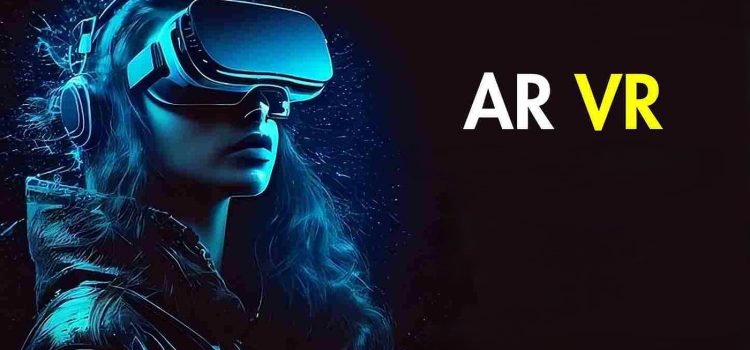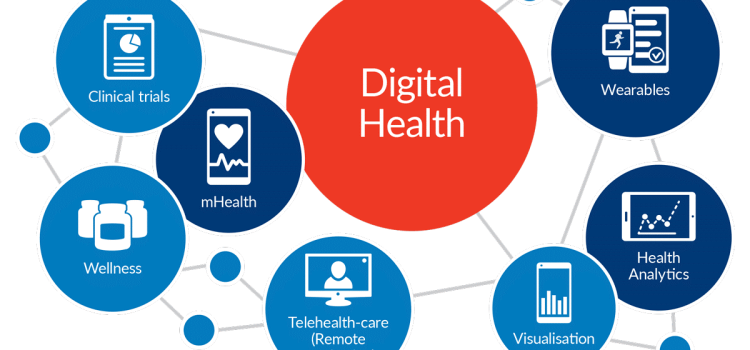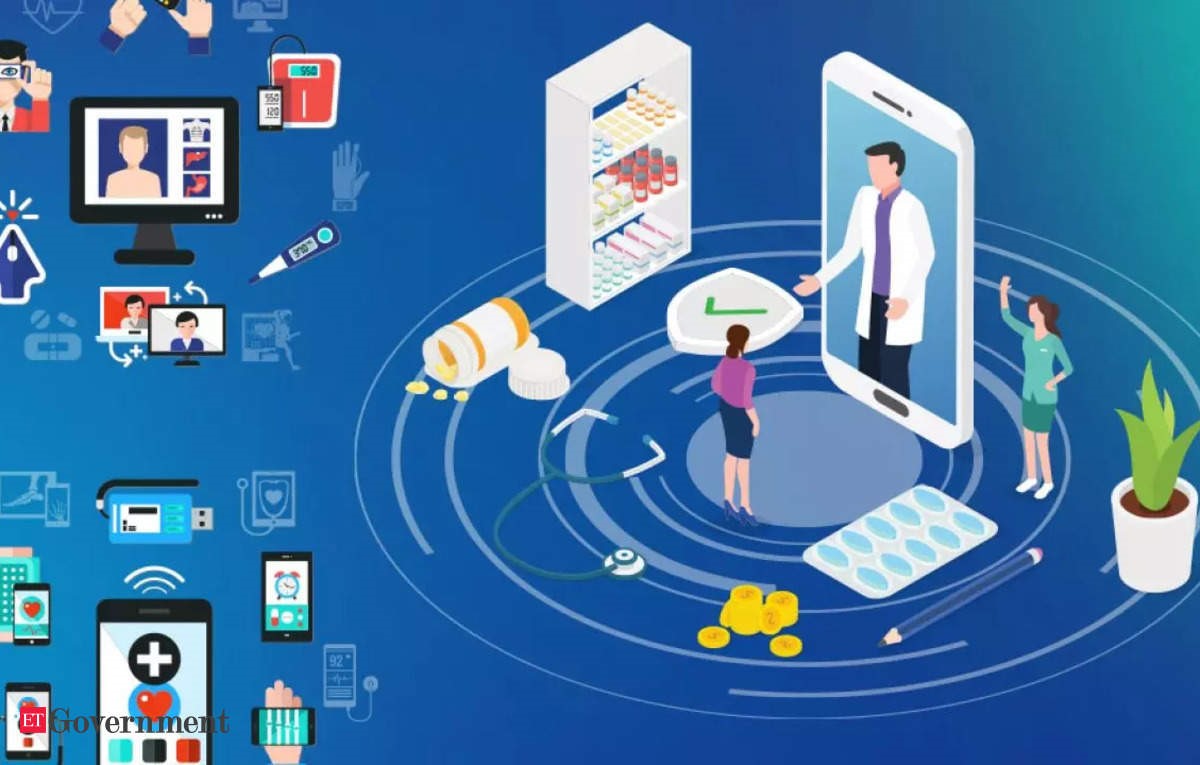
Introduction
The film industry has always been on the cutting edge of technological innovation, from the advent of sound and color to the development of CGI and digital projection. Today, two technologies Augmented Reality (AR) and Virtual Reality (VR) are making a profound impact on how films are created, experienced, and consumed. These immersive technologies are not only transforming the creative process for filmmakers but also offering audiences new and exciting ways to interact with stories. In this article, we will explore the influence of AR and VR on the film industry, focusing on their applications, benefits, challenges, and potential future developments.
Understanding AR and VR

Before diving into the impact of AR and VR on the film industry, it’s important to understand the basics of these technologies.
- Augmented Reality (AR): AR overlays digital content onto the real world. It enhances what you see, hear, and feel by adding layers of digital information to your surroundings. AR doesn’t require you to be immersed in a completely virtual environment; rather, it augments your real-world experience.
- Virtual Reality (VR): VR, on the other hand, immerses users in a completely artificial environment. Through VR headsets and specialized equipment, users can interact with 3D environments that feel real, even though they exist only in the virtual space.
Both AR and VR have distinct features but share the ability to enhance user experience in ways traditional media cannot.
AR’s Role in Improving Film Production

AR is changing the way films are made on set. It can be used to add virtual elements to live-action scenes during filming. For example, filmmakers can use AR to see how computer-generated characters will look in a scene while actors are still performing. This allows them to make adjustments in real time, making the production process faster and more efficient. With AR, filmmakers can also use digital tools to enhance the set design, helping them visualize how the final scene will look without needing to build everything physically.
How AR and VR Are Used in the Film Industry

AR and VR are being used across various stages of filmmaking, from pre-production to post-production, and in how films are presented to audiences.
1. Pre-production and Filmmaking
Filmmakers have always sought to push the boundaries of storytelling. AR and VR are helping them do just that.
- Virtual Set Design: VR allows directors and designers to explore virtual sets before building them. This gives them the ability to walk through and adjust the set’s layout, camera angles, and lighting in real-time, saving time and resources during the actual shoot.
- Previsualization (Previs): In complex action sequences or visual effects-heavy films, AR and VR help directors visualize scenes before shooting begins. This makes it easier to plan camera movements, special effects, and even CGI characters’ interactions with live-action actors.
- Collaboration in Virtual Space: VR can create virtual “meeting rooms” where filmmakers and actors, no matter where they are in the world, can come together and collaborate as if they were in the same space. This has become especially useful during remote production.
2. Filming
In filming, both AR and VR are being integrated into new ways of capturing scenes:
- AR for Real-time Effects: AR is being used on set for real-time visual effects. For instance, directors can see how digital elements, like characters or objects, will appear alongside live-action footage. This allows them to make adjustments as the scene is being filmed, improving efficiency.
- 360-degree Filming with VR: VR is pushing the limits of what can be captured. With 360-degree cameras, filmmakers can create immersive experiences, enabling viewers to look around and interact with the scene from any angle. This is particularly evident in experimental and short films designed for VR platforms.
3. Post-production
After filming is done, AR and VR continue to be used in the editing room.
- Virtual Editing Suites: Filmmakers can use VR headsets to view and edit films in 3D environments. This allows them to immerse themselves in the footage, analyze it from multiple perspectives, and make detailed adjustments more intuitively.
- AR for Enhanced Effects and Animation: AR also plays a role in enhancing special effects during post-production. It’s used to fine-tune visual elements, such as adding computer-generated imagery (CGI) into scenes or adjusting lighting and shadows to match the real world.
Impact on Audience Experience

The integration of AR and VR isn’t just changing how films are made—it’s also altering how audiences experience them.
1. Immersive Cinema
With VR headsets, audiences can step into the world of the film, making them feel like active participants rather than passive viewers. This is particularly popular in niche VR films, where viewers can experience the story from the perspective of a character or explore the environment in 360 degrees.
- Interactive Storytelling: VR can make stories more interactive. Instead of simply watching the plot unfold, viewers can make decisions that affect the outcome of the film, similar to video games. This opens up a new form of storytelling that traditional films cannot achieve.
2. AR in Theaters and Marketing
AR is being used creatively in film marketing. Movie posters, billboards, and promotional materials can come to life when viewed through an AR app, providing extra layers of content, such as trailers, behind-the-scenes footage, or interactive features.
In theaters, AR can enhance the viewing experience by overlaying additional information or effects on the screen. For example, viewers could see extra details about characters or locations in real-time as they watch the film.
3. Virtual Cinemas
With VR, people can experience films from the comfort of their homes but still feel like they’re in a movie theater. This virtual cinema experience could potentially be a game-changer, especially in a post-pandemic world where people are looking for ways to enjoy theater-quality films from home.
AR and VR Changing the Movie Experience for Fans

For moviegoers, AR and VR are transforming the way they experience films. VR lets them immerse themselves in the film’s world, where they can look around, move, and interact with the environment. It gives a feeling of being part of the action, rather than just watching it. AR enhances the viewing experience by adding extra layers of content, such as 3D characters or hidden information that appears when you point your device at something. These technologies are making movies more engaging and exciting, offering a new kind of connection between viewers and the films they watc
Challenges of AR and VR in Film

Although AR and VR have a lot of potential, there are challenges in using them for film production. One of the main issues is cost. The equipment needed for AR and VR is expensive, and not all filmmakers can afford it. There are also technical limitations, such as the difficulty in making VR environments feel real or in syncing digital and real-world elements in AR. Another challenge is accessibility; not everyone has the devices required to experience AR and VR films, which can limit their audience.
While AR and VR offer many exciting opportunities, there are several challenges to overcome:
1. Cost
Producing films with AR and VR technology can be expensive. The cost of equipment, such as VR cameras, AR headsets, and software, adds up quickly. Additionally, the expertise required to create high-quality AR and VR content demands highly skilled professionals, making it a more expensive venture than traditional filmmaking.
2. Technical Limitations
The technology is still evolving. VR headsets can be bulky and uncomfortable for extended periods, and high-quality VR content requires powerful computing resources that not all filmmakers have access to. Similarly, AR’s integration into films requires precise tracking and seamless interaction between virtual and real elements, which can be difficult to achieve consistently.
3. Audience Accessibility
Not every viewer has access to VR headsets or AR-compatible devices. This limits the reach of AR and VR films to a smaller, more niche audience. Until these technologies become more accessible, widespread adoption will remain a challenge.
Future of AR and VR in the Film Industry

The future of AR and VR in film looks promising. As technology improves, AR and VR will become more accessible and affordable for both filmmakers and audiences. We can expect more interactive films, where viewers can make decisions that affect the story, and even virtual cinemas where people can watch films in 3D spaces from home. With continued advancements, AR and VR could reshape the way we experience movies, opening up new possibilities for creativity and storytelling.
The future of AR and VR in film is exciting, with several potential developments on the horizon:
- More Interactive Films: As technology improves, more films could adopt interactive elements, allowing viewers to engage with characters or influence the storyline.
- Holographic Projections: Imagine going to the movies and watching a film projected in 3D space without the need for special glasses. This could be a reality in the not-too-distant future as AR and VR technologies continue to advance.
- Cloud-based VR: As internet speeds increase and cloud-based VR systems become more efficient, the experience of watching VR films could be streamed directly to home devices, eliminating the need for expensive hardware.
Analysis Table: AR vs. VR in Film Production
| Aspect | AR in Film Production | VR in Film Production |
|---|---|---|
| Technology | Overlays digital content onto real-world environments | Immersive, fully digital environments |
| Filming Process | Enhances live-action sets with digital elements | Captures 360-degree footage and creates virtual worlds |
| Collaboration | Real-time visual effects and adjustments | Virtual meetings and collaboration in digital space |
| Cost | Generally less expensive than VR | Higher cost due to specialized equipment and software |
Comparative Table: AR and VR Impact on Audience Experience
| Aspect | AR for Audience | VR for Audience |
|---|---|---|
| Immersion | Adds interactive elements to real-world environments | Fully immerses viewers in a digital environment |
| Interactivity | Viewers can engage with enhanced visuals and information | Viewers can influence the story or explore freely |
| Accessibility | Can be used with smartphones or tablets | Requires specialized VR headsets and equipment |
| Popularity | Gaining traction in marketing and live events | Still a niche market with growing interest |
Conclusion
In conclusion, AR and VR are changing the way films are made and experienced. These technologies are making filmmaking more creative and efficient, offering filmmakers new tools to bring their stories to life. They allow for more immersive and interactive experiences for the audience, making movies feel more real and engaging. While challenges such as cost and accessibility remain, the future of AR and VR in the film industry looks bright. As technology continues to improve, these tools will become more common, transforming the movie-going experience for everyone involved. The possibilities for AR and VR in film are endless, and the next few years will likely see even more exciting innovations.


































